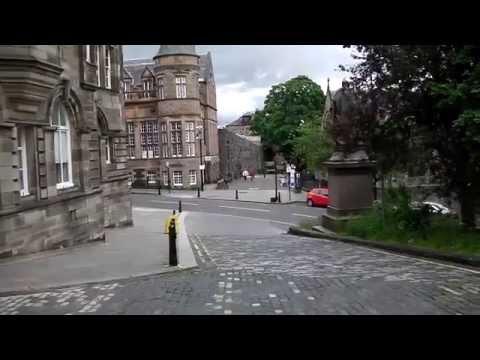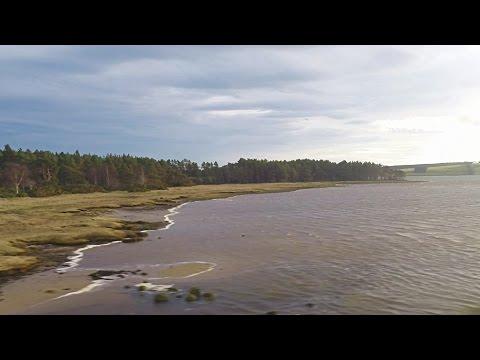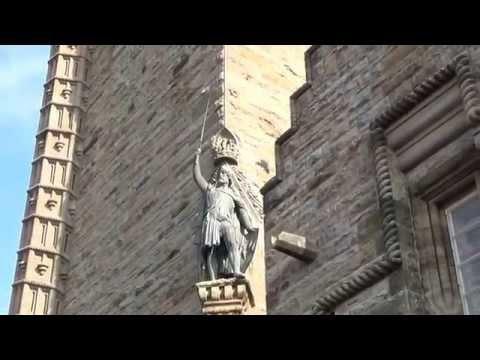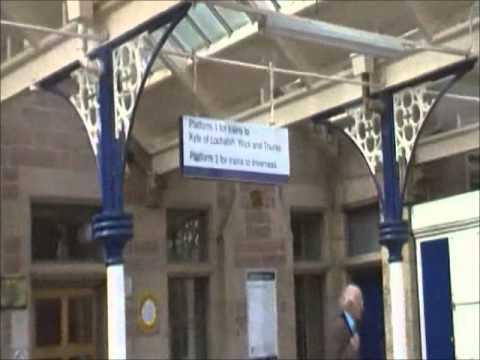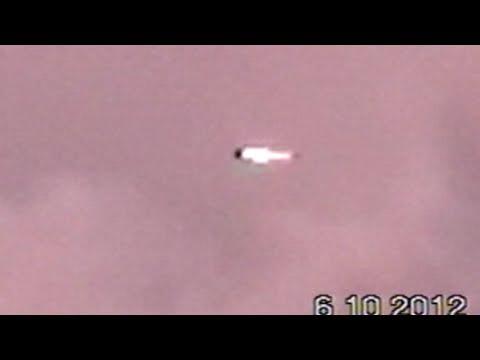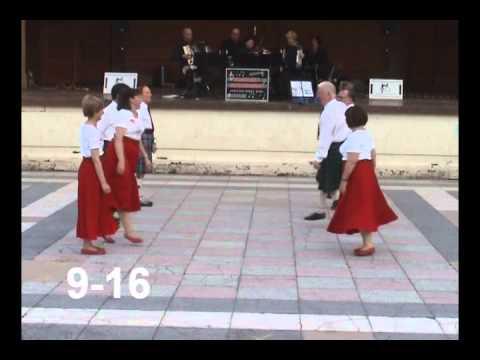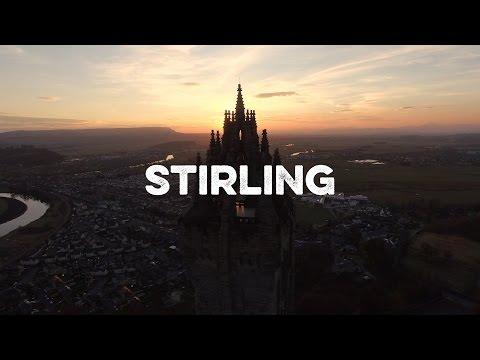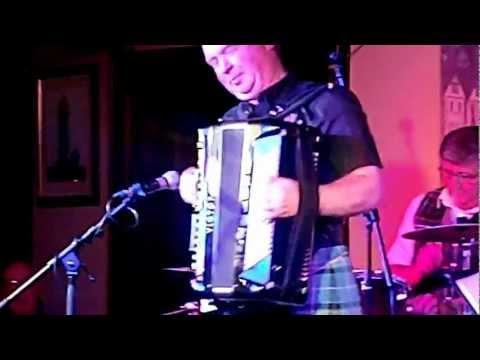Thurso (northernmost City Of Scotland)
Description
Thurso is Scotland's most northerly town, and home to the country's most northerly railway station. Located on the north coast of Caithness, its seaward views are dominated by the distant cliffs of Dunnet Head to the north east, and those of the island of Hoy, one of the Orkney Islands, to the north.
Modern Thurso tends to be seen as a stepping stone en route to somewhere else rather than as a destination in its own right, although in recent years the sometimes turbulent seas of the Pentland Firth have led to the town becoming an unlikely focus for fans of surfing from all over the world.
Thurso's origins are revealed in its name, which comes from the Norse for Thor's River. The Vikings were well established here from as early as the 900s, using the river mouth as a port and a fishing base. After Caithness became more securely part of Scotland in medieval times, Thurso continued to grow around its fishing and trade, in a triangular area formed by the River Thurso to the south east and the shore of Thurso Bay to the north. This area is still known as Old Thurso or the old town.
Thurso is an ancient town. The name comes from the Norse, Thorsa, meaning Thor's River and in Viking times it was an important gateway to the mainland. Much of the economy of Thurso today is tied up with the presence of the Dounreay Nuclear Power Development Establishment, located on the coast eight miles west of the town. Thurso itself has plenty of character, as well as a beach and a castle. In the oldest part of town are the ruins of Old St Peter's Church which dates back to 1220.
Thurso's history stretches back to at least the era of Norse Orcadian rule in Caithness, which ended conclusively in 1266. The town was an important Norse port, and has a later history of trade with ports throughout northern Europe until the 19th century. In 1330 Scotland's standard unit of weight was brought in line with that of Thurso at the decree of King David II, a measure of the town's economic importance. Old St Peter's Kirk is said to date from circa 1220 and the time of Caithness Bishop Gilbert Murray, who died in 1245. Much of the town, however, is a planned 19th-century development. A major expansion occurred in the mid-20th century when the Dounreay nuclear power plant was established at Dounreay,[4] 9 miles (14.5 km) to the west of the town. Within a period of about five years, Thurso's population expanded rapidly, from around 2,500 to about 12,000 between 1955-58, as the nuclear plant attracted skilled migrants from all parts of the United Kingdom. By 1960, it dropped back to around 9,000, after a lot of the initial Dounreay construction crew left the area. Thurso is also the name of the viscountcy held by the Sinclair family in the Peerage of the United Kingdom. The present Viscount Thurso is also the local MP.

